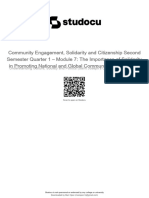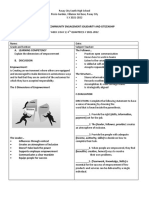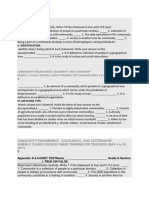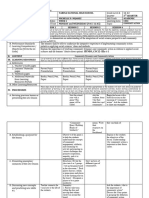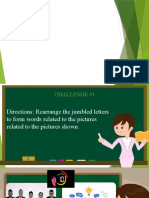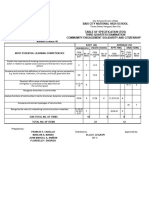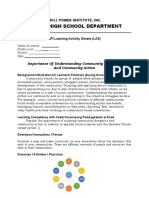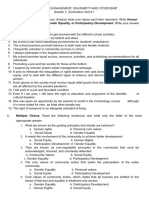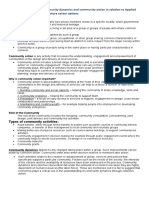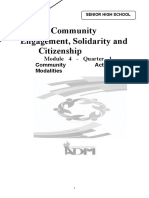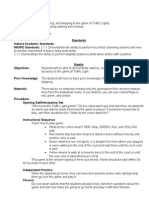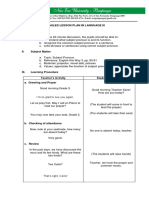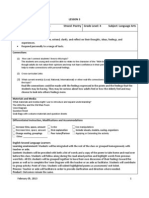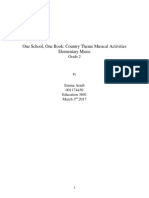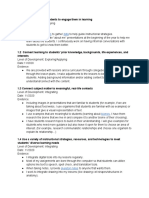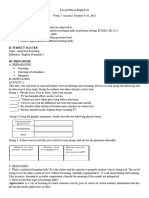100% found this document useful (1 vote)
427 views5 pagesCESC. Lesson Plan. Week 4
This lesson plan focuses on teaching students about the typologies of communities. The objectives are for students to be able to compare and contrast different typologies of communities and create a map of their own community. The lesson will begin with an introductory video about community engagement. Students will then analyze and compare pictures of rural and urban communities using a Venn diagram. They will also discuss the key concepts and importance of typologies. Finally, students will work in groups to draw a map of a community and present it to the class. The lesson aims to help students understand the diversity of communities.
Uploaded by
Tonton CabrelaCopyright
© © All Rights Reserved
We take content rights seriously. If you suspect this is your content, claim it here.
Available Formats
Download as DOCX, PDF, TXT or read online on Scribd
100% found this document useful (1 vote)
427 views5 pagesCESC. Lesson Plan. Week 4
This lesson plan focuses on teaching students about the typologies of communities. The objectives are for students to be able to compare and contrast different typologies of communities and create a map of their own community. The lesson will begin with an introductory video about community engagement. Students will then analyze and compare pictures of rural and urban communities using a Venn diagram. They will also discuss the key concepts and importance of typologies. Finally, students will work in groups to draw a map of a community and present it to the class. The lesson aims to help students understand the diversity of communities.
Uploaded by
Tonton CabrelaCopyright
© © All Rights Reserved
We take content rights seriously. If you suspect this is your content, claim it here.
Available Formats
Download as DOCX, PDF, TXT or read online on Scribd
/ 5













